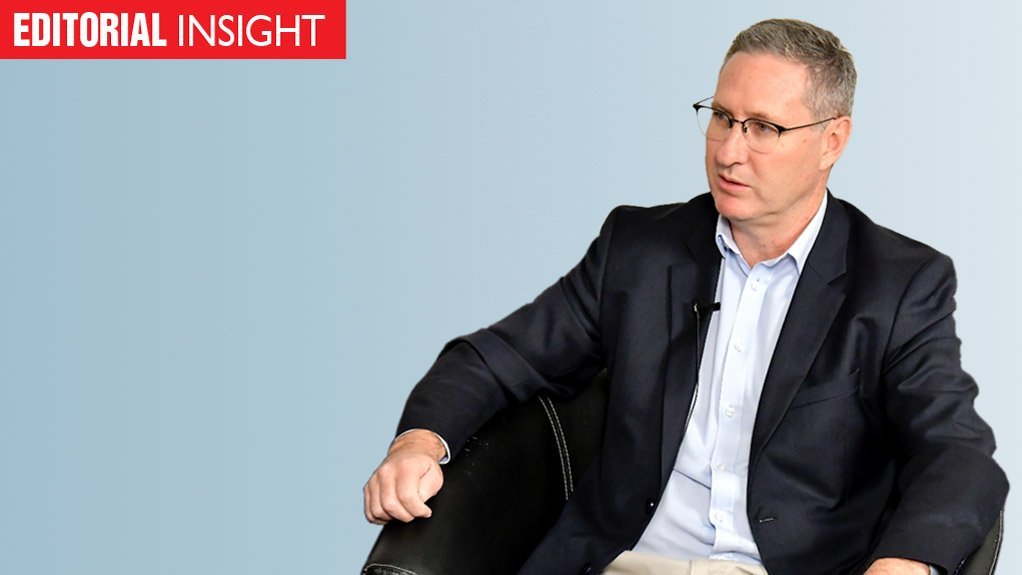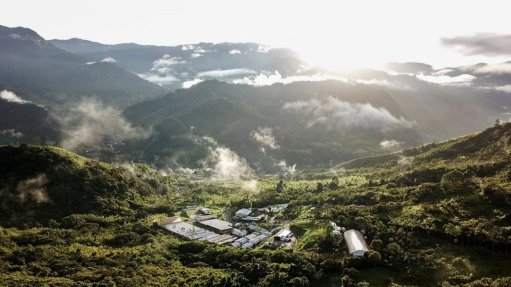Grid(un)locked
Most of us have probably not fully grasped the scale and significance of the changes set to unfold in the South African electricity sector over the coming decade. For energy planners, however, the Integrated Resource Plan 2019 (IRP 2019) represents the most dramatic reset of the industry since the formation of Eskom nearly 100 years ago.
The reason is that, while South Africa’s industrial and economic development has hitherto been based on coal resources located in the northeast, the country’s future growth will, over time, rely increasingly on wind and solar resources located in the southwest.
That may not sound overly dramatic, but it is for a couple of reasons.
For one, the IRP 2019 doesn’t involve a simple exchange of one generation source for another in the same location. Instead, it implies far-reaching changes, as the source of most of the country’s electrical energy will be variable and will need to be supported by various flexible generation sources. In addition, these renewable generators will be located primarily in the Cape provinces rather than Mpumalanga.
Secondly, the infrastructure required to harness and transport that energy is simply not yet in place. Indeed, without significant new investment in the transmission system, the IRP 2019 could, at least initially, find itself gridlocked.
Fortunately, energy planners at Eskom and in government are alive to this reality. Eskom’s transmission division – which together with the system and market operator will be the first unit to be legally separated from the vertically integrated utility – has detailed plans for accommodating the north-to-south transition.
Worrying, though, is the fact that South Africa needs to add new generation capacity at a pace that is likely to significantly exceed the speed at which the new grid infrastructure can realistically be added. The country will have to integrate this new mostly renewables capacity not primarily to accommodate demand growth, which has all but stalled, but to replace the 10 GW of coal that will be decommissioned by the end of the decade.
Can South Africa square this circle? One way to do so is to create time and space for grid development by adding a geospatial dimension to some of the early bidding rounds for new independent power producers (IPPs). In other words, by guiding the IPPs to areas with the best grid resources, rather then the best wind or solar resources. The yields will be lower and the tariffs higher, but that is better than having projects stranded due to an inability to transport their energy.
Fortunately, policymakers have had the foresight to designate Emalahleni, in Mpumalanga, as a renewable energy development zone; the precise region where grid capacity will become available as coal plants are decommissioned.
The emerging policy issue is whether IPPs will locate there naturally, owing to the constraints, or whether they should be directed there. Given South Africa’s desire to make the transition from coal to renewables a just one, the case for making the decision for them appears strong.
Article Enquiry
Email Article
Save Article
Feedback
To advertise email advertising@creamermedia.co.za or click here
Announcements
What's On
Subscribe to improve your user experience...
Option 1 (equivalent of R125 a month):
Receive a weekly copy of Creamer Media's Engineering News & Mining Weekly magazine
(print copy for those in South Africa and e-magazine for those outside of South Africa)
Receive daily email newsletters
Access to full search results
Access archive of magazine back copies
Access to Projects in Progress
Access to ONE Research Report of your choice in PDF format
Option 2 (equivalent of R375 a month):
All benefits from Option 1
PLUS
Access to Creamer Media's Research Channel Africa for ALL Research Reports, in PDF format, on various industrial and mining sectors
including Electricity; Water; Energy Transition; Hydrogen; Roads, Rail and Ports; Coal; Gold; Platinum; Battery Metals; etc.
Already a subscriber?
Forgotten your password?
Receive weekly copy of Creamer Media's Engineering News & Mining Weekly magazine (print copy for those in South Africa and e-magazine for those outside of South Africa)
➕
Recieve daily email newsletters
➕
Access to full search results
➕
Access archive of magazine back copies
➕
Access to Projects in Progress
➕
Access to ONE Research Report of your choice in PDF format
RESEARCH CHANNEL AFRICA
R4500 (equivalent of R375 a month)
SUBSCRIBEAll benefits from Option 1
➕
Access to Creamer Media's Research Channel Africa for ALL Research Reports on various industrial and mining sectors, in PDF format, including on:
Electricity
➕
Water
➕
Energy Transition
➕
Hydrogen
➕
Roads, Rail and Ports
➕
Coal
➕
Gold
➕
Platinum
➕
Battery Metals
➕
etc.
Receive all benefits from Option 1 or Option 2 delivered to numerous people at your company
➕
Multiple User names and Passwords for simultaneous log-ins
➕
Intranet integration access to all in your organisation





















